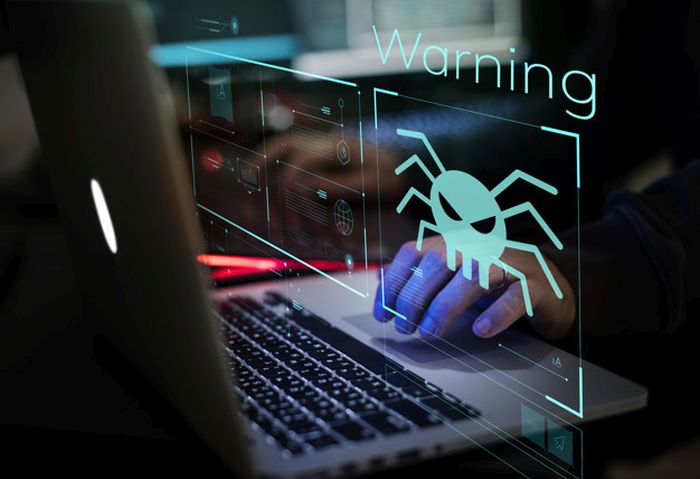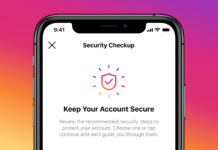
Nowadays, Mac users get problems with browser hijackers during their work on the computer. No matter what type of browser they use every day, there’s a risk to get infected by this malware. Of course, some people who have got a Mac computer, believe these devices are reliable enough to be protected from viruses. But unfortunately, it’s not true. In contrast, hackers have been attacking Macs more often lately. It means that you have to know the main symptoms if your device has got a hijacker.
In our article, you will find effective tips on how to check if the computer has got any malware and delete all the annoying hijackers from it. Use this guide as a useful source for your friends when they also need good advice about hijackers deleting. Of course, hijackers can be quite annoying and even dangerous in some way, but we will tell you all the secrets on how to get rid of them!
Hijackers: The Main Characteristics

Like any other malware, hijackers are special programs created by cybercriminals. This is a tricky virus that starts to control the computer’s browser after it appears on the Mac. Any hijacker changes the user’s both homepage and search engine according to the preferences set by the cybercriminal. Needless to say, even on this step, the user feels uncomfortable: he or she cannot open the default homepage and it’s getting difficult to search for something on the Internet because a browser works weird. Some hijackers display ads with various discounts for shopping online. But this type of advertising is created by hackers. They want a user to click the link in the advert and then redirect them to a suspicious site.
Many hijackers can download some files to the device. Thanks to it, hackers can get a user’s daily activity at the computer and even steal the needed data easily. As an example, a hijacker can infect your Mac with a keylogger, and hackers will be able to steal your personal information like all the logins, passwords, bank card information, etc. Of course, any user needs to know how to detect and delete this malware because cybercriminals can even steal your money with a hijacker.
Some hijackers became quite well-known lately and maybe you even heard about some of the listed below. Many hijackers are named to look like extensions for shopping or searching:
- Booking app
- Search Quick
- com
- Time Search Now
- Pitch of Case
All the hijackers can sneak onto users’ devices without them knowing because these programs are usually disguised as legitimate software updates or various apps for the computer. Any user can download this hijacker without any suspicions, and the malware takes the browser under control. Suddenly, you can notice that something is wrong with the default homepage and search engine on your Mac despite you haven’t changed anything on the computer’s preferences.
Hijackers: The Common Signs

Some users feel worried they cannot detect that a Mac has got a hijacker. Don’t worry, you will find some specific signs you won’t miss. If you have just the one from the symptoms we’ve listed below, this means it’s better to scan the computer thoroughly for malware:
- Suddenly, you see that a homepage in your browser has changed but you’re sure it’s not your job.
- Lately, you see a huge number of advertisements that offer to click a link and get a discount or download software to improve your computer.
- You open a browser and type something in a search field, but then you see that the search engine changes and takes you to another webpage you weren’t looking for.
- You have noticed that a browser works unusually and gets slower sometimes.
Do not give any chance to hackers to steal any information from the computer and check your device for viruses when you have noticed something unusual or weird.
Is It Possible to Avoid Hijackers?

Of course, hackers are smart enough to find many ways to create various viruses to infect your computer and then steal your data and money. But any hijacker cannot get to your Mac without any action. In any way, a user does something, for example, clicks a suspicious link, downloads an unknown application, etc.
Below, you will find some tips on how to avoid hijackers. Please keep these things in your mind to prevent your Mac from being infected with any malware.
- Never click any links in unknown emails and messages until you’re certain this is a safe link from a well-known source. Sometimes, hackers use phishing emails to infect your device with malware.
- Never respond to pop-up windows with advertisements that offer a shopping discount or a suggestion for improving or repairing your computer with new software. Usually, these links start downloading malware to your Mac.
- Do not use any non-trusted sources to download any programs and apps for your Mac. We understand that many users can be tempted by downloading free software without paying anything, but when you download any program from a suspicious site, this is a risk to get a computer virus.
- Always update your OS and all the applications on your Mac. This will help you to keep your computer updated and decrease the risk of getting any kind of malware, including hijackers.
- Download reliable antivirus software for your Mac and scan your computer regularly. You never know how a virus can appear on your device, so it’s better to prevent it before hackers can start doing something. A good antivirus costs money, but remember that it will protect your Mac from viruses and malware. It’s better to pay some money for reliable protection than give hackers a chance to steal your personal information and even money.
As you can see, hijackers are tricky but there are many ways to avoid them. And even if you have already got a hijacker on your Mac, this is easy to detect and remove it using an antivirus program. Scan your device regularly to keep it clean and safe!
















